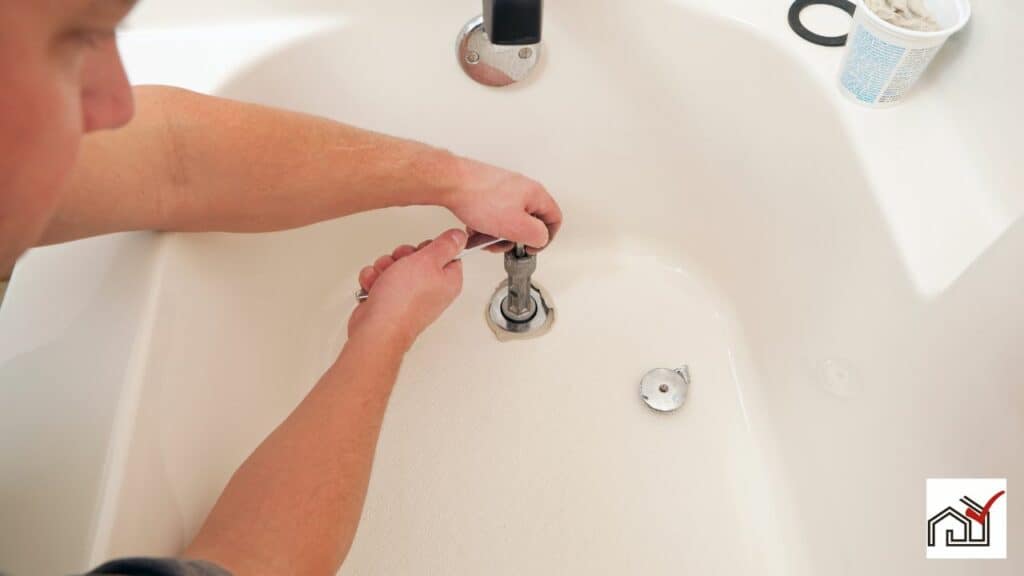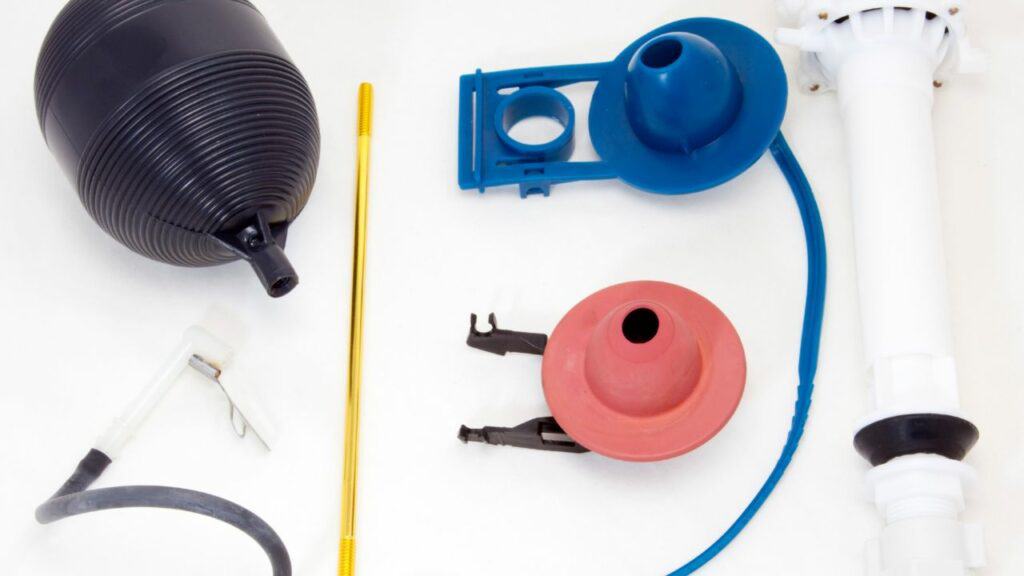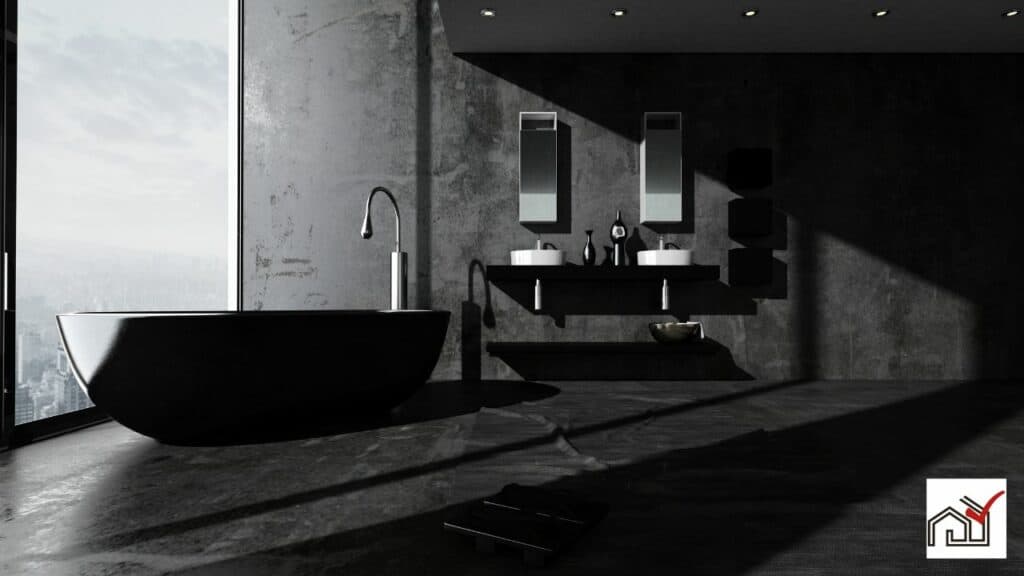Most tub drains have standard right-handed threads, which means you tighten them by turning clockwise and loosen them by turning counterclockwise. However, there are exceptions depending on the specific design and model of the drain.
It is important to check the manufacturer's instructions or consult with a plumbing expert when installing or removing a tub drain to prevent damage or complications.
Understanding Tub Drain Threading
Some bathtub drains are reverse threaded, which means they tighten counterclockwise and loosen clockwise, unlike standard threads. This can cause confusion during drain removal for maintenance or replacement. It's important for both homeowners and professionals to recognize the type of drain to handle it correctly and avoid plumbing damage.
The threading is critical for installing or removing a drain. Before removal, identify the type of stopper as it determines the necessary tools and method. For example, removing a trip-lever stopper involves unscrewing the overflow plate and disconnecting the linkage to access the drain.
To remove a tub drain, know the type of drain you have. Drains can either drop in or be threaded and require rotation to remove. Using the right tool, like pliers or a tub drain extractor, prevents thread damage.
It's essential to understand the threading and removal technique for any type of tub stopper or drain assembly. Correctly applying a clockwise or counterclockwise rotation is key to an efficient removal process.
Identifying Reverse Threading
It is important to recognize reverse threading in tub drains for maintenance and repair. The drain type and stopper style affect whether a drain has reverse threading.
To identify reverse threading, inspect the drain stopper. Standard threading typically involves unscrewing counterclockwise, as seen with lift-and-turn or push-pull stoppers. For trip lever or plunger-style stoppers, access the internal parts by reaching into the drain or removing the overflow plate.
If unscrewing the drain stopper counterclockwise is difficult, it might have reverse threading. In this case, turn the stopper clockwise to remove it. Toe-tap or pop-up stoppers may require a drain wrench or Allen wrench for removal.
To remove a drain flange with reverse threading, use a special wrench or pliers, turning clockwise. Apply steady pressure to prevent damage to the drain assembly.
Proper tools and attention will help manage reverse threading, ensuring the tub's drainage system remains functional.
Methods for Tub Drain Removal
Different types of tub stoppers require specific removal methods.
To remove a lift-and-turn stopper, unscrew the top cap with a flathead screwdriver and then turn the stopper counterclockwise to take it out.
For a push-pull stopper, hold the shaft cylinder while unscrewing the cap; use locking pliers if needed for a better grip.
For a trip-lever system, remove the overflow plate with a screwdriver to access the internal linkage and plunger, which may require an Allen wrench for disconnection.
After removing the stopper, clean out any debris from the drain.
When reinstalling, plumbers putty may be necessary for a watertight seal, and a putty knife can assist with applying and removing the putty.
These steps will help maintain your tub's drainage system.
Troubleshooting Common Issues
When maintaining a bathtub drain, you may face issues like a stuck stopper or a clog. To address a stopper that won't move, ensure it opens and closes properly to prevent unwanted drainage. If stuck, apply lubricant to ease removal without causing damage.
If the stopper won't come out, use heat to soften the putty and make the seal more flexible, allowing for easier removal. Identify the type of stopper before disassembling it, as some may require gentle wiggling to free them.
Before any maintenance, close the drain to prevent small parts from falling in, avoiding additional problems. When reinstalling or replacing parts, ensure seals are tight and use new plumber's putty to prevent leaks.
For more support and advice, consider using plumbing forums. With a large number of threads and messages, these forums can provide specific steps to troubleshoot common bathtub drain issues.
Replacing Your Tub Drain
To replace a bathtub drain, start by cleaning the drain area. If the tub has a trip-lever mechanism, unscrew the overflow plate to access the internal linkage. Remove the lever, rocker arm, and any connected parts inside.
For push-pull or lift-and-turn stoppers, unscrew the knob on top to free the stopper. If there's a set screw underneath, use an Allen wrench to loosen it. For toe-touch stoppers, press and rotate them to unscrew from the strainer plate.
After removing the stopper, clean the area and apply plumber's putty underneath the new strainer plate before screwing it into place. Tighten the new drain basket to prevent leaks but avoid over-tightening, which can damage the threads. Reassemble any linkage or stopper parts and reattach the overflow plate.
Test for leaks by filling the tub partially and watching for water level changes. This confirms a watertight seal, indicating a successful drain replacement.




